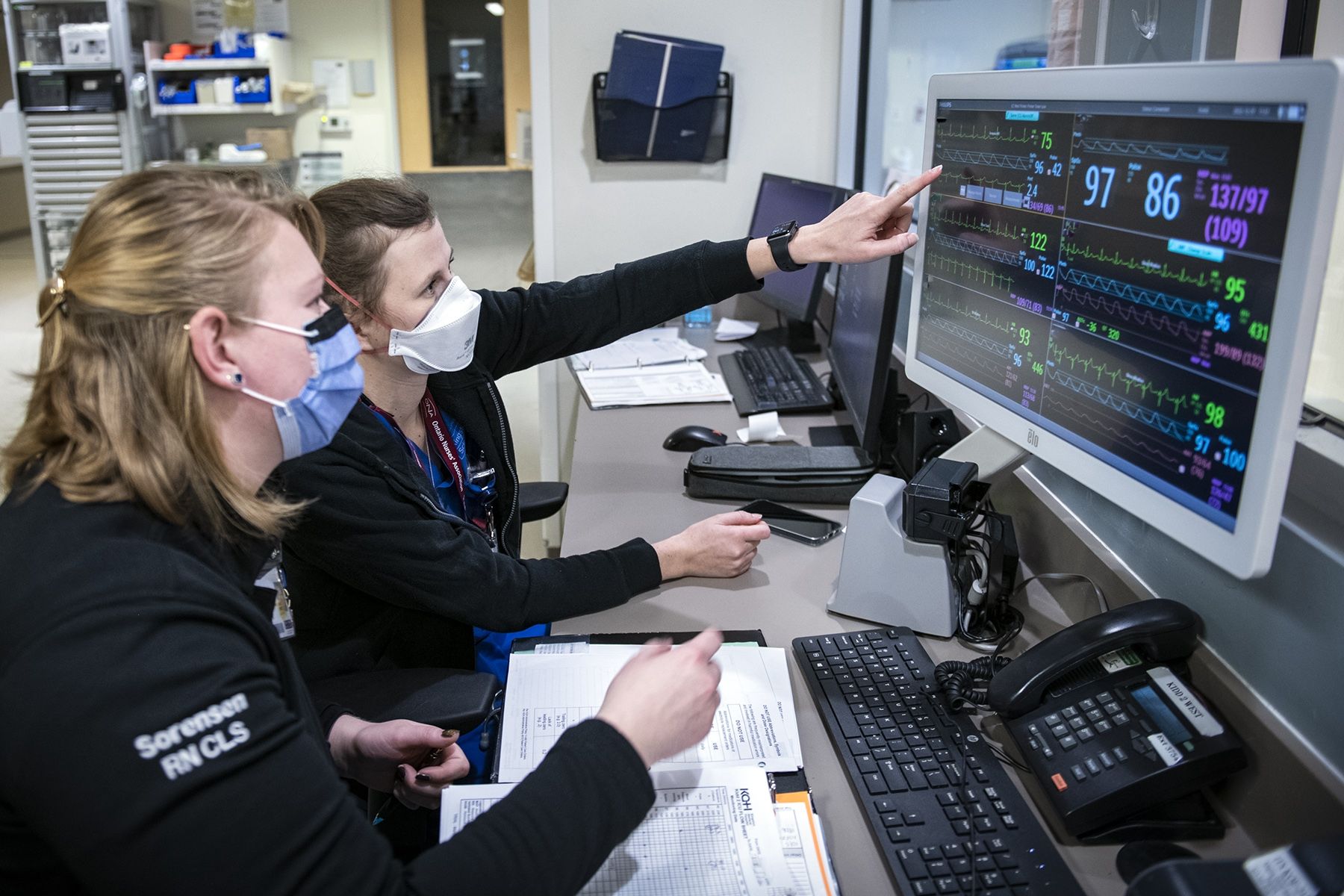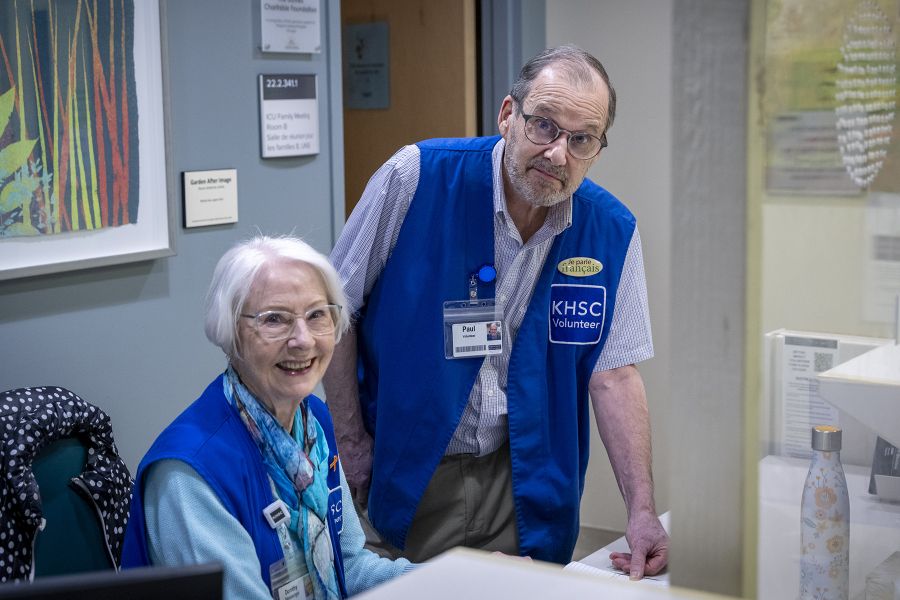
KHSC has invested $5M to improve and standardize the devices health-care workers, across 11 units, use to monitor patients needing critical care and to look for life-threatening heart rhythms.
“In today’s stretched health-care environments, simplifying work for our staff and improving the quality of care we provide are important areas of focus for our care teams,” says Jason Hann, KHSC’s executive vice-president of Patient Care and Chief Nursing Executive.
With the recent installation of Philips Healthcare’s patient monitoring systems, KHSC’s Clinical Engineering department has moved the organization from using multiple manufacturers’ monitors to working with one vendor, eliminating unnecessary work such as having to switch connection cables to more than one type of monitor as patients travel through the organization for their care.
Consolidating to a single vendor that was already in place in the emergency department (ED), neonatal intensive care unit and pediatrics department, also means patient information can be transferred from monitor to monitor.
“As the majority of patient journeys start in the ED, one monitoring system will allow patients to easily flow from department to department, with no loss of information during these transitions,” says Chris Scott, manager of Clinical Engineering.
Within days of using the new equipment, it has already become difficult for many staff to imagine delivering care without the ease and effectiveness of the modern bedside monitors and telemetry, a portable monitoring device patients wear.
Taylor Freckleton, a registered nurse who splits her work between the ED and the Kidd 2 Intensive Care Unit (ICU), says the monitors allow her to see more information, faster.
“When I’m working in the ICU, where nurses are now caring for more than one patient at a time, the new monitors allow me to access all the information I need to watch over my patients from any monitor, whereas before, I had to be in certain locations like the patient’s room or care desk to get what I needed,” says Freckleton. “This saves time and gives me timely information about how people are doing.”
As well, when patients are resting, nurses can take noninvasive measurements such as a patient’s blood pressure from the care desk instead of waking them up by entering their room to press a button.
Stephanie Sorensen is one of 32 clinical learning specialists (CLS) who have been helping staff learn the new equipment since implementation started in April.
“Our goal was to have 80 per cent of eligible staff trained by Philips specialists prior to installation. It hasn’t been simple, but we’ve reached over 90 per cent. Despite our significant staffing challenges, the CLS team covered nursing duties, people picked up shifts and worked unusual hours so that colleagues could attend learning sessions. The collaborative effort across the organization has been phenomenal,” says Sorensen.
As the regional health sciences centre for southeastern Ontario, KHSC health-care workers use modern equipment such as Philips Healthcare’s patient monitoring systems to provide the highest level of critical and cardiac care to everyone in the southeast region who needs it.
Gallery


CLS Stephanie Sorensen (foreground) and RN Taylor Freckleton at an ICU care desk looking at patient monitoring data on a new Philips screen



